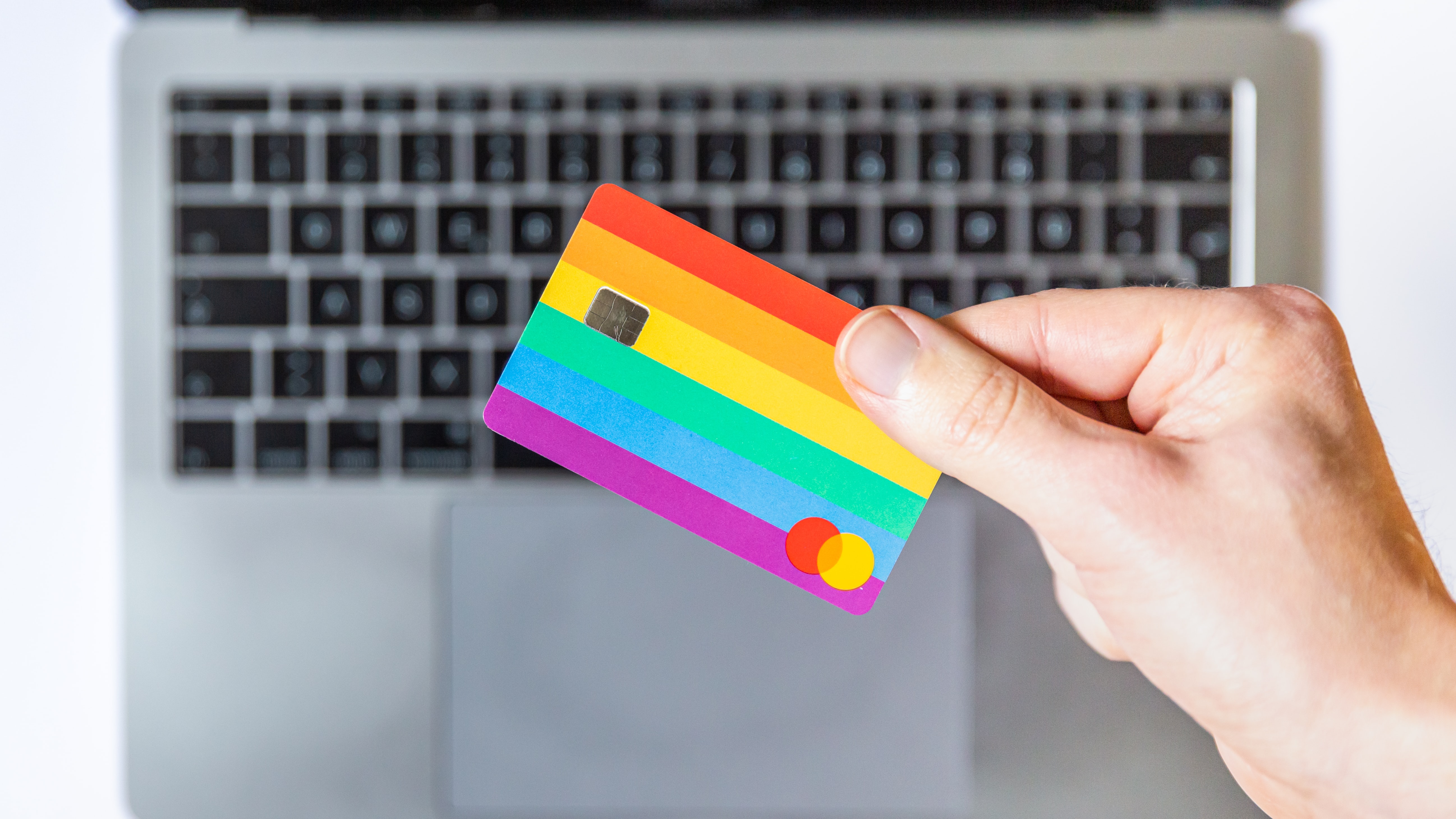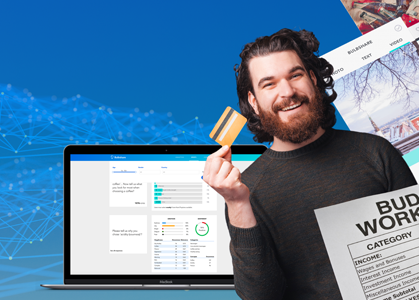


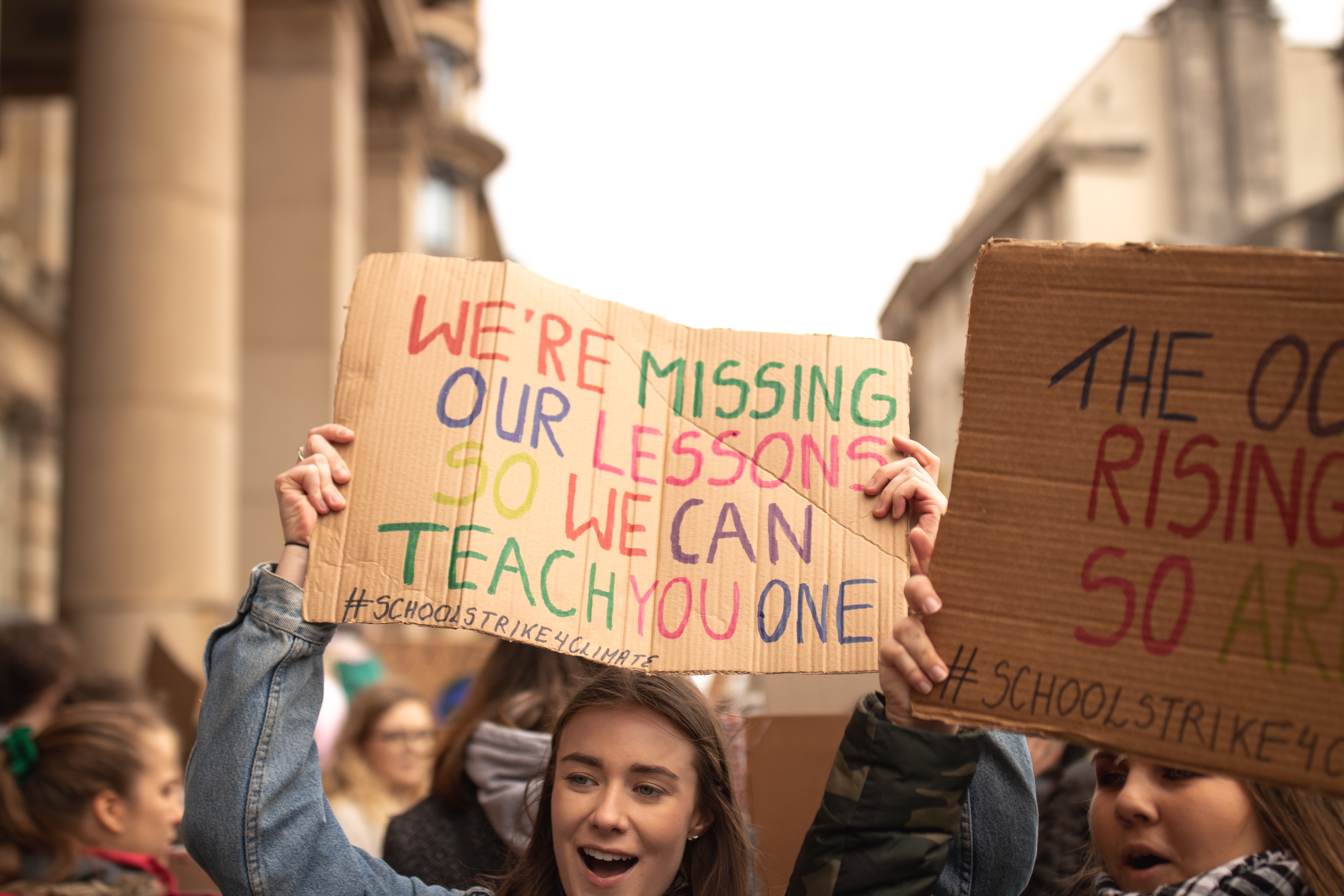




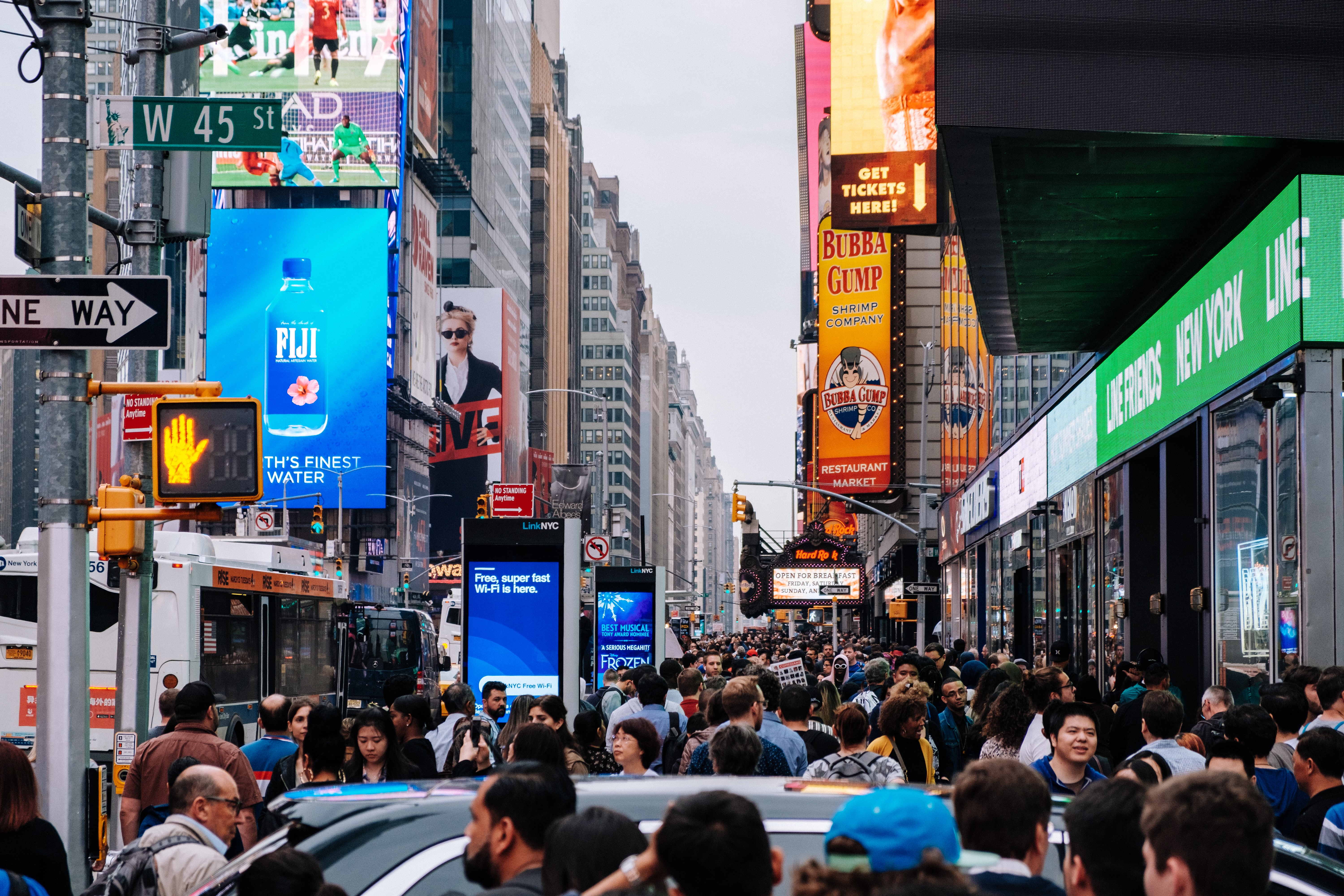


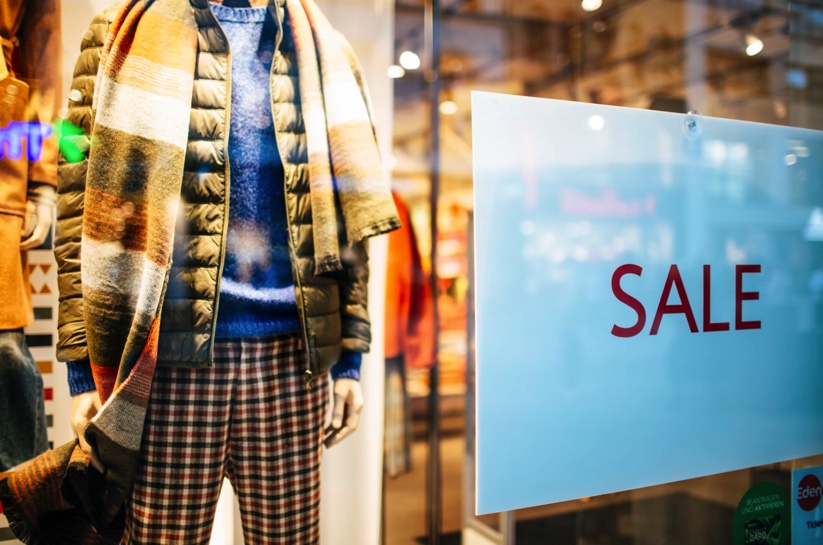


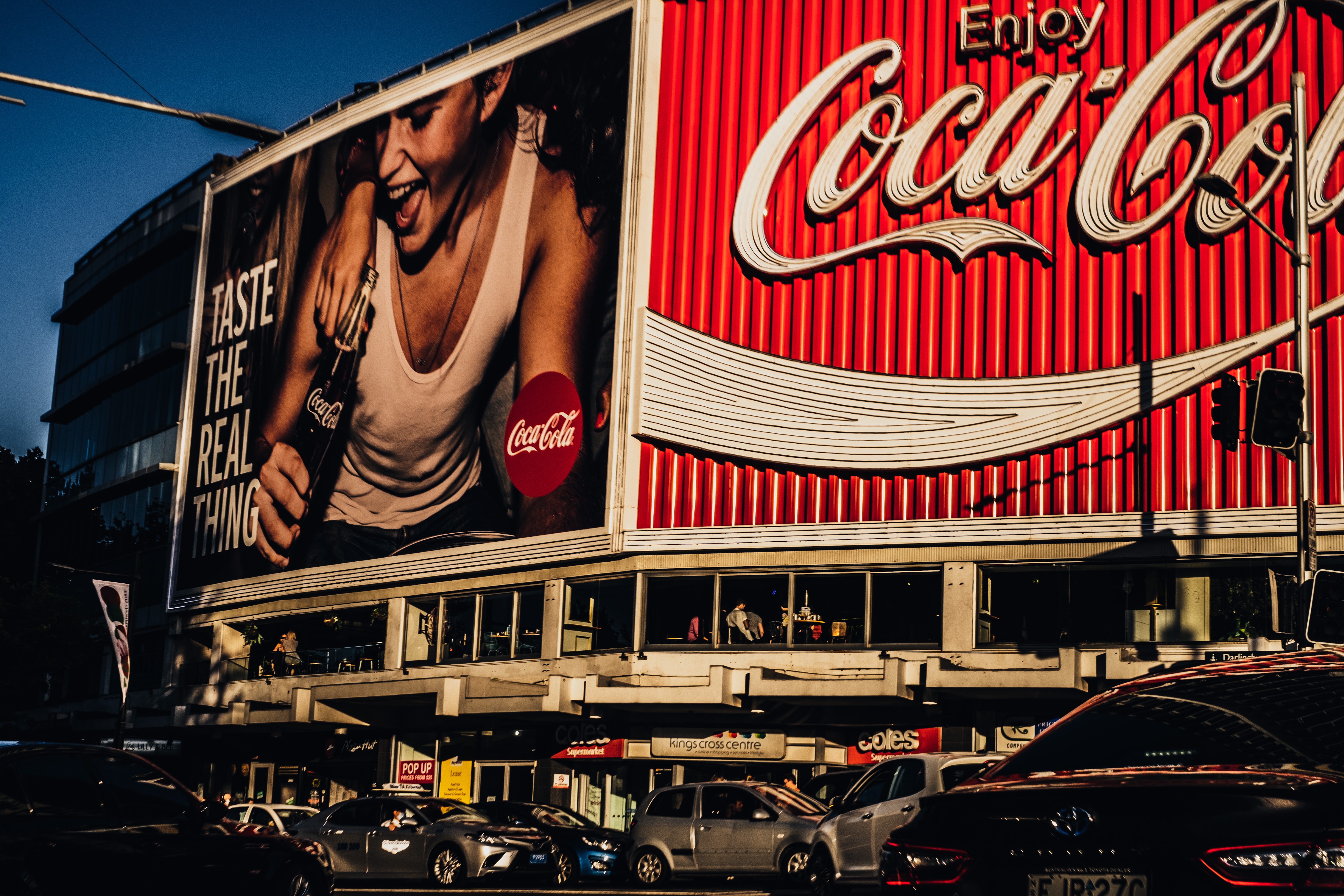

You’ve heard of user generated content, right? Well, what about employee generated content?
Defined as any form of content that is created and distributed by your internal workforce, employee generated content is a powerful new vein of brand advocacy, the crossroad where employee advocacy meets user generated content, and the simplest and most accessible form of marketing. Your pool of creators – or colleagues – are on hand at any time to promote your brand… and, of course, they’re experts in your field.
With every new talented professional that joins the team, your brand becomes a household name amongst their friends and family. With every post they share about their career development, they advertise your company as the hot new place to work. With every conversation they have at a bar or party that starts with ‘so, what do you do?’ they disseminate your brand name that little bit further. And, bit by bit, their connections’ loyalty to them becomes loyalty to your brand, too. After all, it’s not just your sales team’s responsibility to drive leads.
So, how can you and your organisation leverage the power of employee advocacy and EGC to take your brand awareness to the next level and transform incidental advocacy into strategic advocacy? Here are the top tips you need to know…

Authenticity
When 84% of consumers trust the recommendations of family and friends over anyone else, your employees hold a position of trusted influence. Consumers are valuing authenticity at the heart of advocacy as we enter an era of distrust, and when 92% of our insight community are sceptical of fake news and propaganda on social media, never have real voices been so precious.
Your employees are trusted insiders of your brand. Gen-z have lost trust in official messages, and your employees can offer a relatable perspective that is hard to come by. Hootsuite agrees, arguing that consumers trust a regular employee over the CEO. They’re experts on the brand – but they’re also human – and 94% of our insights community said authenticity in branding mattered to them.
As Forbes says, “Real people with actual experience. That’s who we all want to hear from when we’re deciding whether or not to enter our credit card information to purchase that new product or service.”
And when 76% of our insight communities said they’d promote a brand if they liked it enough, the potential for that authentic advocacy is huge.
Bulbshare user, Female, 45, 🇬🇧

Amplification
Content is king, it’s a given. We’ve all heard that B2B buyers don’t engage with your salesperson till they’ve read 13 pieces of content, or that a cold lead only becomes warm after absorbing ample newsletters, blogs, and social media posts of yours. In fact, 75% of B2B buyers and 84% of C-level executives use social media while making purchasing decisions [BusinessWire] and according to SpencerXSmith, potential customers do 57% of their research before reaching out to you.
When your colleagues become content creators, you can amplify the amount of content your brand is pumping out. From a TikTok ‘day in the life’ made by your marketing assistant on their social media that shows what they get up to on the job, to a guest blog appearance by the CEO, to a post shared by your Product Director discussing a blog post that resonates with them, your team is a network of influencers in their own right.
This abundant source of fresh ideas from all kinds of minds means you aren’t just making more content, you’re making more varied content. The engineer or researcher that never normally interacts with the marketing processes might have a totally different perspective on how to create content. Tap into that!
Plus, taking advantage of the huge resource you already have within your team takes little to no new expenditure.
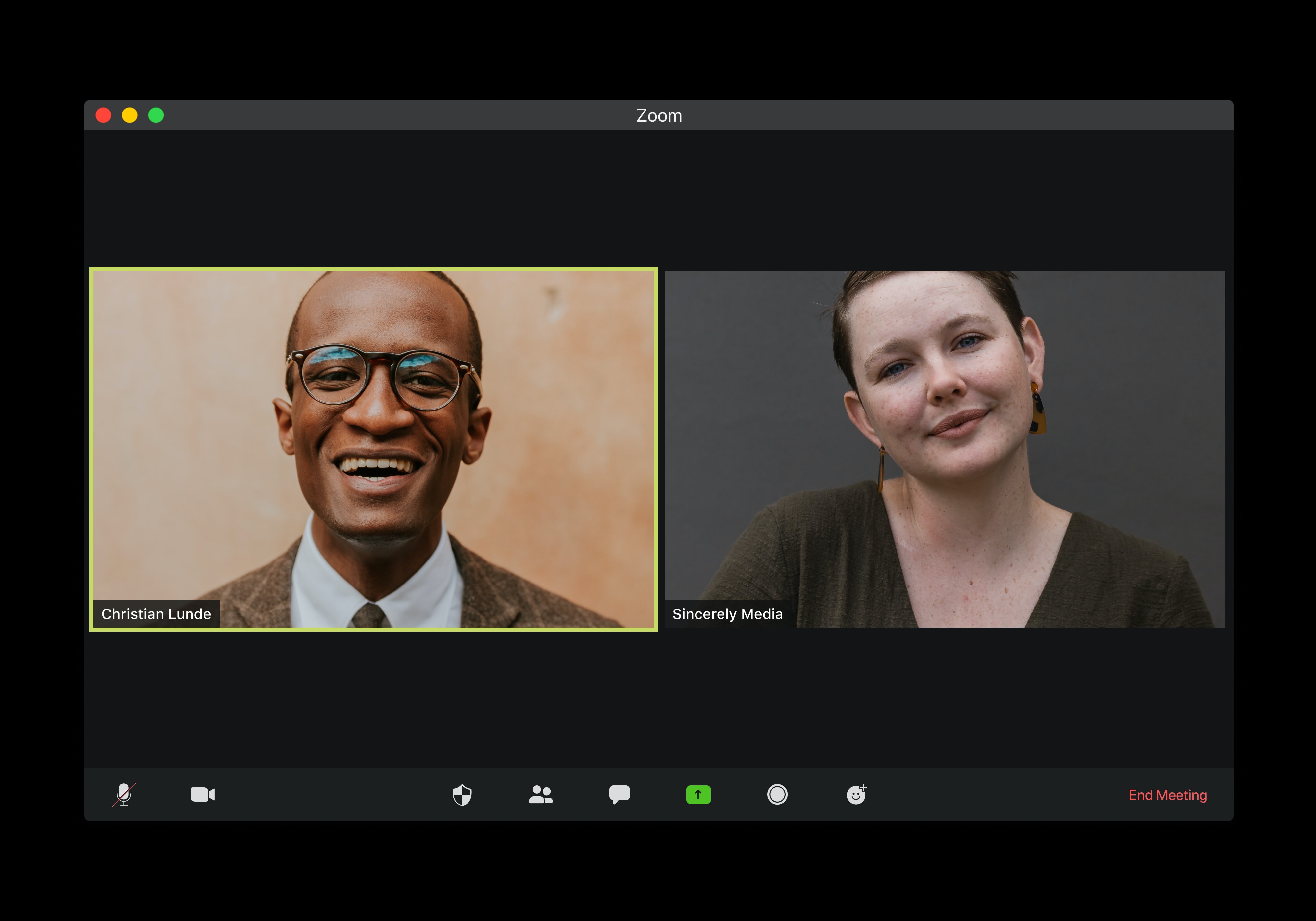
Awareness
An ‘everyone sells’ mentality is crucial for your brand. When your employees promulgate your content to their connections, not only do they provide that crucial authentic voice, they provide a whole new audience of eyeballs for your site. On average, your total employee social media reach is ten times that of your brand, with a better chance of engagement [LinkedIn]. When 79% of our insight community think unsponsored advocacy is the future, it’s time to ride the wave.
Bulbshare user, Female, 30 🇬🇧
Bulbshare user, Female, 27 🇨🇦
Humanisation
In an increasingly remote world, employee generated content bridges the gap between your brand and its customers. Consumers want to see the human side of your organisation, and your team can do exactly that. By giving a face to your brand, you increase brand loyalty, humanise your offering, and form a meaningful connection between customer and creator. After all, 81% of consumers like to feel connected to the brands they buy from.
Bulbshare user, Female, 37, 🇵🇱
Bulbshare user, Female, 18, 🇬🇧
Bulbshare user, Male, 28, 🇲🇽
Empowering
Alongside all of those other amazing benefits, EGC is an opportunity to reward and showcase your amazing employees. 84% of people want to be involved in the decision making processes of brands, and by empowering your employees to represent the brand, you give them recognition for the impact they’re having.

EA
Electronic Arts launched their ‘EA Insiders’ programme in 2014, which employees from around the globe used to connect. Within a short period of time, employees were talking about how much more connected they felt with each other and were sent official certificates for membership. With leaderboards and contests to spur friendly competition, it was the perfect forum for global team building. It generated tens of thousands of social shares and reached a network of 1.1M.

Dell
Dell is a pioneer in employee advocacy. They launched a training program for their employees in social media and community, which encouraged them to find and share content relevant to Dell. As the former head of Dell’s program, Amy Heiss put it:
“One of the big tenets of our social media and community training is that we want people to post 80% about topics that are informative, helpful and relevant to our customers or are personally interesting to our employees, stuff that reflects their own interests. Only 20% of the content they share should actually be about Dell.”
The programme drove thousands of clicks back to Dell.com.

Hewlett Packard Enterprise
HPE’s employee advocacy strategy was successful in extending their social reach. HPE offered incentives for social sharing and guided employees on the best techniques for social networking.

Reebok
Reebok encouraged their employees to share their passion for fitness through a provocative hashtag (#fitASScompany), allowing them to track the content employees are sharing. Reebok encouraged real authenticity in these posts, and the results saw hundreds of posts around weight-lifting, running, and cycling primarily through networks such as Facebook and Instagram.

Starbucks
For anyone that read our blog on the 10 UGC pioneers, Starbucks’s advocacy initiatives will come as no surprise. Referring to their employees as ‘partners’, they launched their partners program in which they encourage every colleague to pour their heart and soul into the job and live out the Starbucks mission. They allowed these partners to make posts following the Starbucks guidelines onto their very own dedicated Instagram page, starting challenges that could go viral. One example of this is their #ToBeAPartner trend, which began by sharing pictures of employees online. As a result, their staff turnover is at an industry record low.
They also feature an employee spotlight on their site, highlighting key partners making a splash in the coffee world.

BGC
Boston Consulting Group amplified Asian voices during a peak in anti-Asian violence. They shared quotes from Asian employees, empowering their staff to talk about their experiences and look to future change.

MasterCard
MasterCard collaborates with hundreds of its employees through their ambassador program, encouraging them to post text, images and video to their social accounts. It came as a direct result of their ambition to prioritise talent development. It recognises that its workforce is one of its strongest assets.

Adobe
More than 30% of Adobes’s global employees have undertaken training after the head of social realised that one employee’s efforts on social media were driving more success than their branded channels. They launched their Social Shift Program, which educates employees on company social media guidelines, shares best practices and helps them become ambassadors for the brand. Adobe Life, their blog, aims to share behind the scenes of what it’s like to work at Adobe, and their contests around social sharing promote high level engagement.
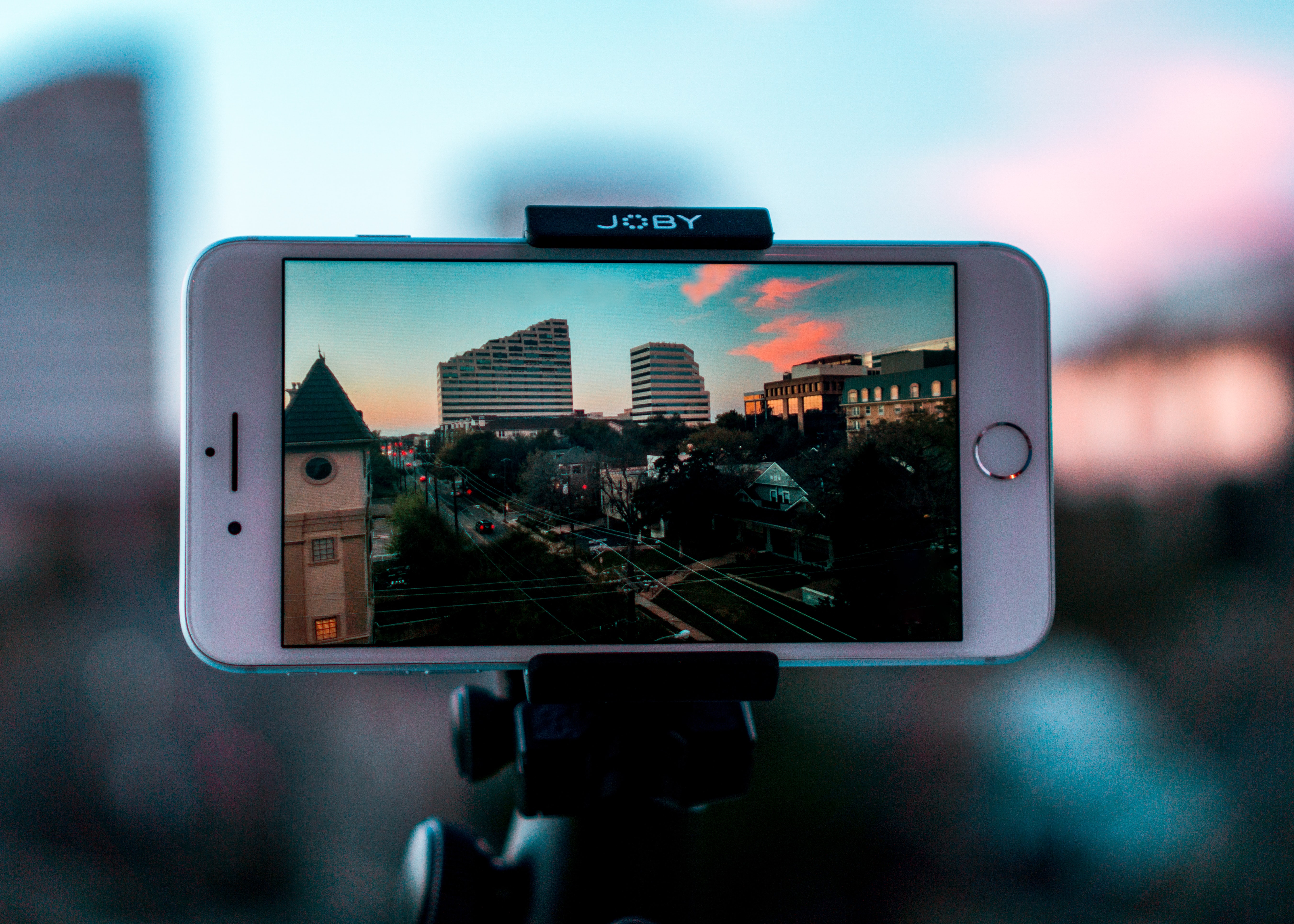

Employee advocacy only happens if your employees genuinely do advocate for your brand. They won’t do the legwork for a brand they don’t believe in.
This means that before you can start encouraging your employees to shout about how much they love their work on LinkedIn, you need to make sure that they really do love their work.
However, with job satisfaction dropping and The Great Resignation looming post-pandemic, it’s never been more important to check that your employees genuinely love your brand. According to the recruitment firm Randstad, 69% of workers are feeling confident about moving to a new role in the coming year and 24% are planning to change in the next three to six months – which is double previous years. So, how do you ensure your employees really are advocates?
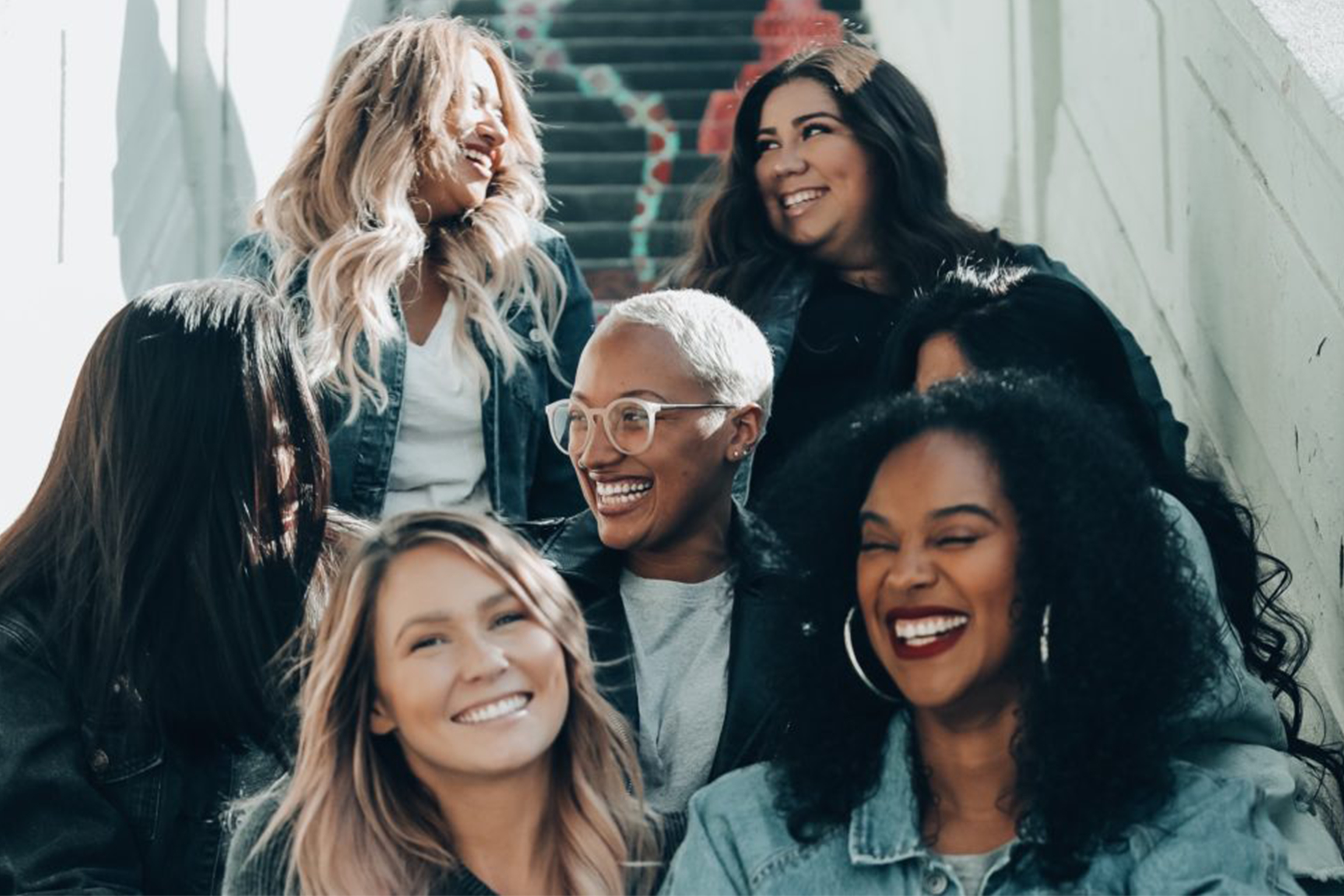
Work / life balance
The worker of today is demanding balance. 2 in 3 of our insights community worked from home this year and half are still remote working – and whilst remote work offers many work/life balance benefits, it can still be a little remote. Our insights community voted that tech issues were the biggest blockade to teamwork, with the lack of human connection and office banter coming in second and lack of workload visibility being the third biggest obstacle. Moreover, 42% feel it is difficult to separate work and home life whilst working from home.
However, 64% hope to work from home in the future, and your brand needs to facilitate this whilst still finding ways to foster EGC and team collaboration. EGC, thankfully, can be used as a way of forging connections between team members who are disconnected by remote work. In this respect, employee advocacy is a self-perpetuating cycle, with staff who love their work creating great EGC, and EGC encouraging staff to love their work.
In order to boost job satisfaction – which, according to our Global Business Development Director Alistair Nel, is at an all time low – you can look to work perks as one of the solutions. 75% of our insight community expect work perks such as great pensions, ample leave, free lunches, flexible work hours, gym memberships and mental and physical healthcare cover. With happy employees comes fantastic EGC.
Bulbshare user, Female, 15, 🇦🇺
Bulbshare user, Female, 47,🇬🇧
Diversity and inclusion
Your employees care about the internal makeup of the company – and they want to see diversity championed. 72% of employees believe that brands should champion diversity, and 55% are frustrated by inauthenticity when it comes to marketing around inclusivity. Your marketing, part of which is made up of EGC, can’t purport to care about diversity if your team itself does not reflect that.
Making sure all of your employees are championed and celebrated for their authentic selves is crucial – and EGC can be part of that.
To discover more about how to empower teamwork and brand love in a remote world, watch our Virtual Working Futures webinar with Hewlett Packard Enterprises – and to discover how Bulbshare can fine tune your employee advocacy, go to our solutions page.


Who is the best marketeer for your brand? They may not be the colleague with the marketing masters degree. They may not have 10+ years of experience. They may not be in your company, let alone your communications team. Your best marketer isn’t even employed by you.
Your customer base is bursting with potential to advocate for your brand. And UGC is the perfect tool with which to harness that potential. By welcoming the customer in as co-architect and marketer, you not only empower their brand loyalty, you make your job a whole lot easier…
As The Guardian says, “Advertising is failure. Ideally, a company offers a great product or service that its customers love, talk about, and sell to each other. It’s when that fails that you need to advertise.”
More and more brands are turning to UGC to add zest to their marketing campaigns, build meaningful relationships, and create relatable content that customers love. And Covid-19 only accelerated this: the connection and entertainment that UGC offers made it uniquely popular during lockdowns, with 78% of our customers spending more time online.
The Drum agrees: “Brands have been pushed to find alternative solutions to complex studio setups, huge budgets and high production value – all of the traditional expectations for an impactful advertising campaign. A strategy that’s found success is the clever utilisation of user-generated content (UGC) as it taps into a real desire for human connection, strengthens a community and, in this unprecedented time, has transformed what might have once been local content into global content.”
This new form of content has been lauded for its authenticity. Having a product that your consumers love so much that they’d happily promote it to their friends and online connections is a self-sustaining marketing cycle: the more people promoting your product with UGC, the more people discovering it, loving it, and hopefully endorsing it too. And, when 74% of our global insights community said they’d promote a product to their contacts if the quality was good enough, there’s huge potential for your customers to become the next wave of advocates.
So, let’s look at the top ten brands leading in the advocacy and content space. Here are the brands making a difference with UGC – and what you can learn from them.
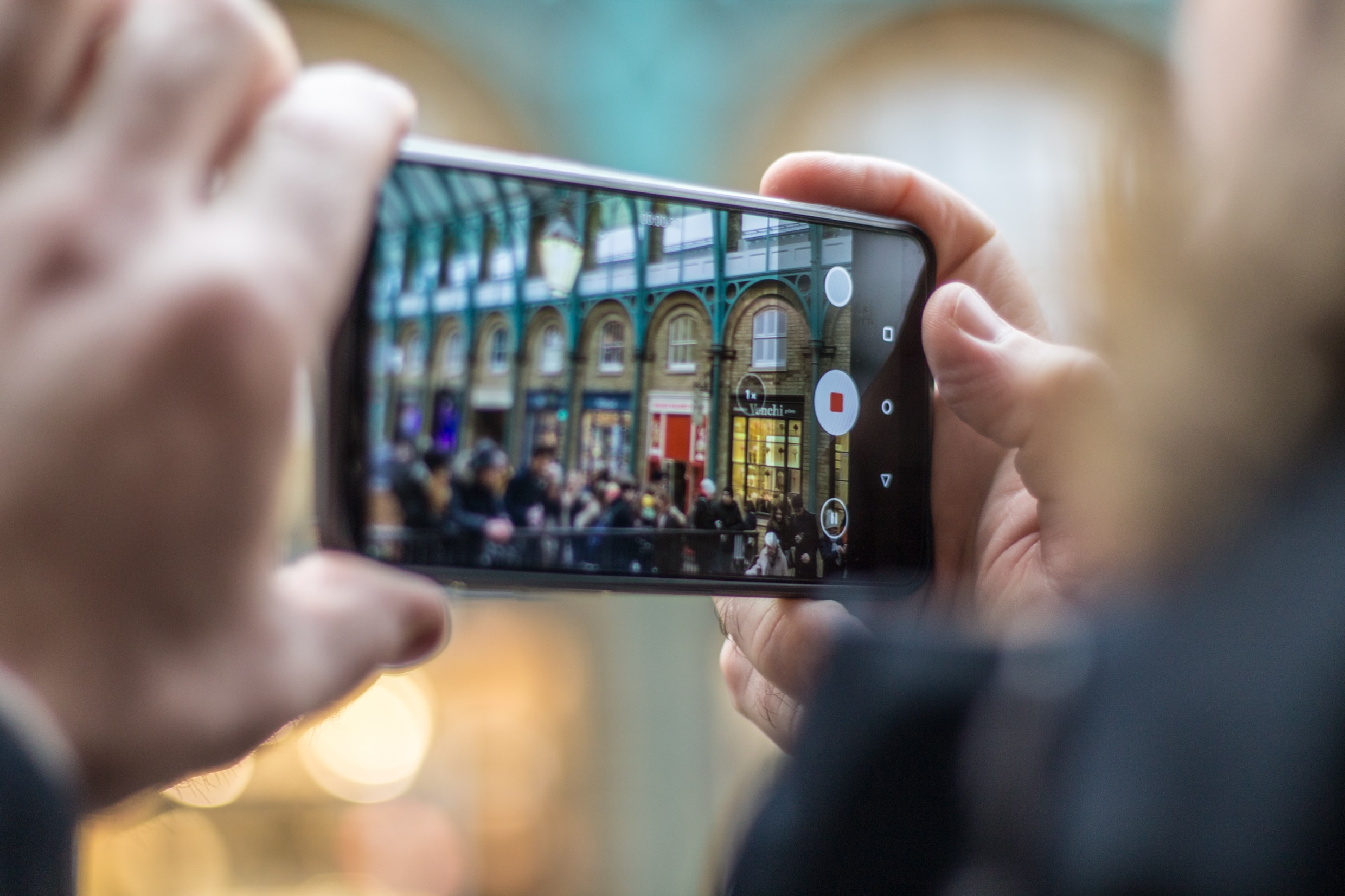
L’Oréal
Shopping experiences became unrecognisable during Covid – especially for makeup. Testers for lipsticks and in-store swatches of eyeshadows were one of the many losses of lockdown. And in a world where the customer can’t try their foundation before buying it, makeup retailers such as L’Oréal have been presented with an obstacle to overcome. But the L’Oréal brand, NYX Professional Makeup, saw an opportunity in this obstacle.
NYX Professional Makeup launched Makeup Addyx, their customer insight and product testing community with Bulbshare, amidst the pandemic to roaring success. Within this app of makeup lovers, NYX Professional Makeup co-created their CAN’T STOP WON’T STOP ALL THE OBSESSION tagline for their popular foundation. Hoping to leverage the powerful consumer love for the Can’t Stop Won’t Stop foundation – despite the lack of testers – the makeup brand pursued the route of reviews, UGC, and insights to create authentic buzz.
To overcome the testers hurdle, NYX Professional Makeup guided consumers to their website, where they could choose their shade based on swatch imagery and a variety of model pictures. Having sent bottles of the product to the community to try, NYX Professional Makeup used consumer insights to inspire the new hook of their campaign – as well as the messaging, look and feel, and imagery.
The project drove rich UGC, including before and after photos, application shots, final images of them holding the bottle, short video clips of consumers raving about the foundation, realistic images of the wear and tear of longevity after a long day, and creative TikTok style transitions. Additionally, consumers sent in ratings and reviews which could be promulgated in their social media and campaigns.
Combining the power of UGC and product insights, they moulded a campaign which had the consumer at its core, every step of the way. With hundreds of videos and images to utilise, and a social sharing reach of 70,000+, the Can’t Stop Won’t Stop is a resounding example of UGC done right.
Meg Grant: Assistant Product Manager, L'Oréal UK & Ireland
Roxanne Smith: Client Collaborator and lead on the L'Oréal UK & Ireland account here at Bulbshare
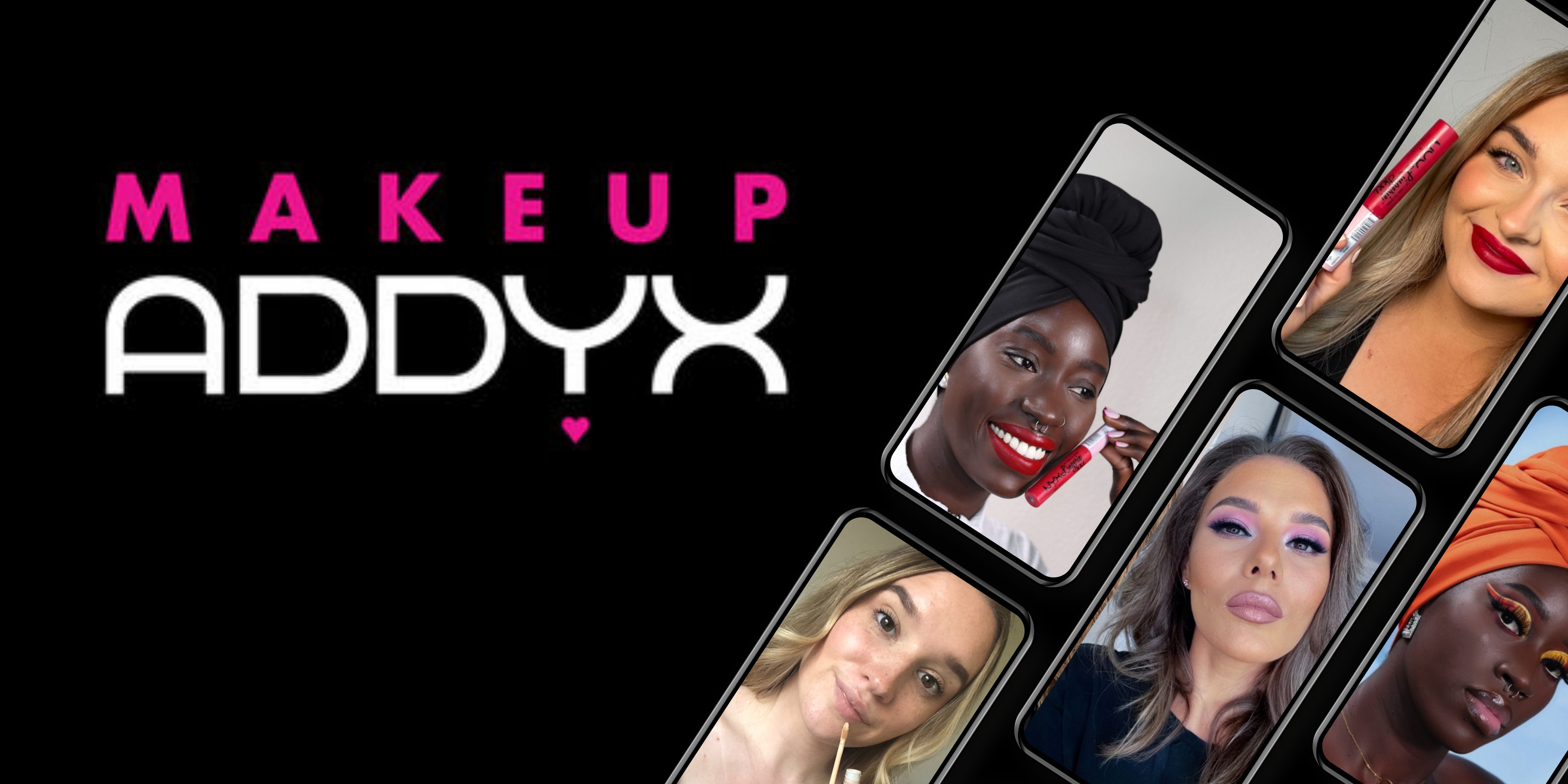
Apple
‘Shot on iPhone’ is a shining example of UGC. The campaign started where all great campaigns begin – with customer insight. Having discussed previous efforts to market their phone camera as an alternative to professional cameras, photographers told them they were shooting in the dark. Professionals simply weren’t ready to ditch the extensive collection of tripods and lenses they invest so much time and money in to try their luck with a phone.
Instead of focusing their marketing efforts on sleek product shots to attract pro photographers, they tapped into a different, more amateur market.
Apple’s campaign for the iPhone 6 displayed the work of 77 iPhone photographers from around the world on billboards in 24 different countries.
Their campaign beautifully highlighted that their phone camera gave the everyday person the ability to shoot like a pro. With this tool, the everyman could take photos that belonged on billboards.

LEGO
LEGO Ideas is at the heart of LEGO Group’s UGC. With fun challenges and hundreds of creators, LEGO Ideas is the perfect place for content sharing. This forum isn’t just a social media platform for LEGO creations, though. The goal of the platform is for creators to get to 10,000 supporters. If they achieve this milestone, their idea is reviewed by LEGO itself, where it has the potential to be produced and sold in stores.
This initiative works on two levels. Not only does it reward brand loyalty, it encourages customers to be pioneers of brand awareness. The customer doesn’t just create original and exciting marketing content, they clamber to get the word out about their LEGO products to get more followers. This is the dual power of UGC.
LEGO Group have also built their very own Bulbshare community, through which they can get in depth consumer insights and rich UGC. Some of the brilliant content generated from this channel is shown below.
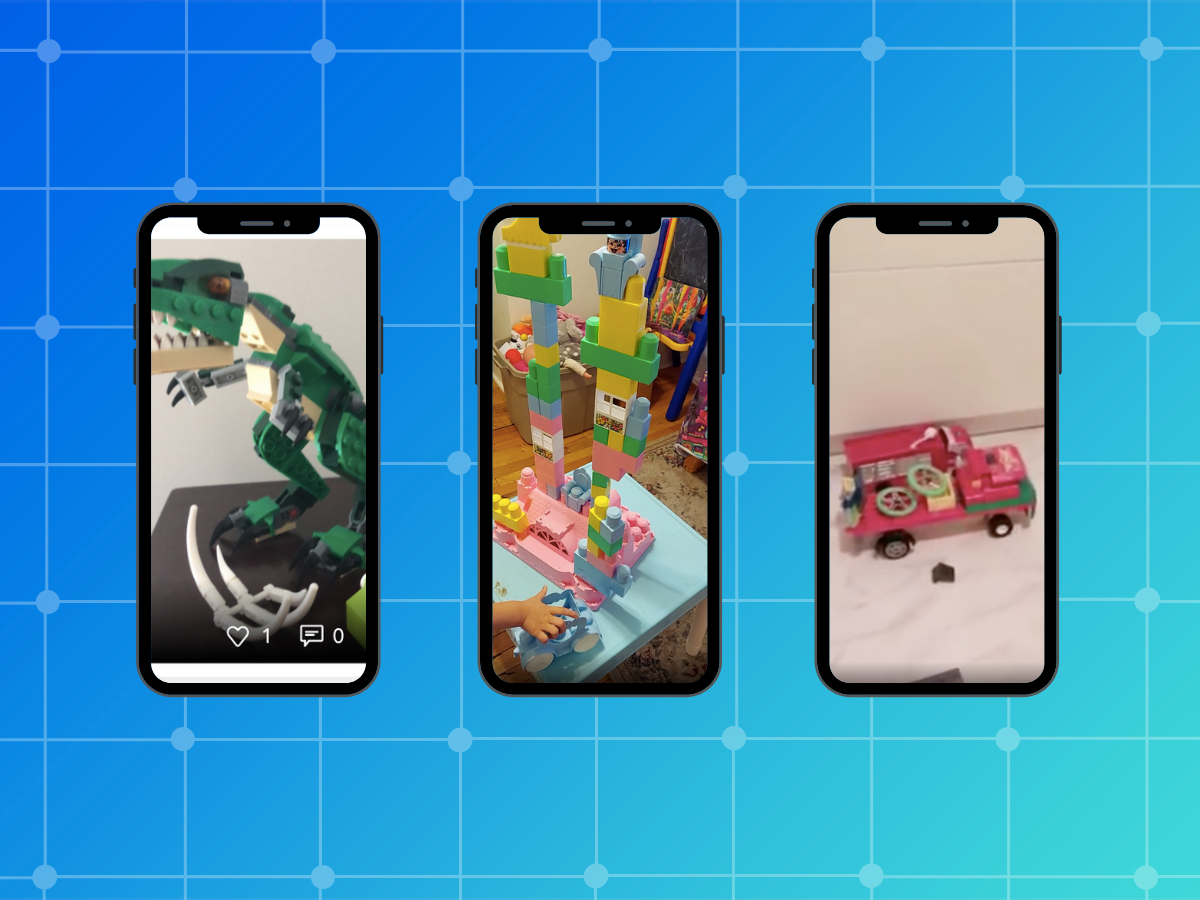
Orelia
Jewellery brand Orelia invites and rewards UGC by offering a chance to win a £100 gift card to anyone who shares a selfie with their jewellery on Instagram. By incentivising brand love online, they broadcast their brand in an authentic, trustworthy way. Not only is it more likely potential customers will discover their brand when scrolling through photos of their friends on social media, it also floods Instagram with real pictures of the jewellery and its high quality. This e-commerce hack is especially useful since Covid, with reduced access to in-store shopping experiences and the lost validation of seeing what you’re buying in person. Orelia successfully harnesses the power of peer marketing and UGC.

Starbucks
Starbucks’s White Cup Contest is a classic example of just how ingenious UGC can be. Inspired by the posts on social media of people’s doodles on their paper coffee cups, they launched the #WhiteCupContest. With 4,000 entries in just three weeks, the contest took off to huge popularity. The winning submission was selected and made into a reusable cup that could be bought by anyone.
The winner, whose limited edition reusable cup was sold for a year after the competition, was given a $300 gift card. But, most importantly, she used the online momentum to start her own sticker business on Etsy that is still thriving today.
Starbucks associated their brand with creativity, expanded their presence beyond just the world of coffee, and showcased how important it is to observe the trends and behaviours of your consumers. The contest only arose because Starbucks paid attention to what its customers were already doing.

Walkers
The ‘Do us a Flavour’ campaign was brilliant for more than just its name. From Cheesy Beans on Toast to Chip Shop Chicken Curry, Walkers’s contest attracted over 1.2 million entries, which were whittled down to 6 finalists by a judging panel which included David Walliams and Marco Pierre White.
Pulled Pork in Sticky BBQ Sauce was selected in top place, with winner Paul Rothwell receiving a million pound reward. The five runners up were awarded with £10,000 for their efforts – and their flavours were sold for a limited time in shops.
Walkers’s campaign was impactful because it blended product innovation with the creativity of UGC to drive sales.

Snug Sofa
A quick glance at Snug Sofa’s Instagram will reveal the extent to which they rely on UGC to fill their feed. With pictures borrowed from their customer’s home accounts, they both give back to their customers by promoting their Instagram pages and have ample access to content to keep users engaged. True symbiosis.

Citizens of Humanity
Premium denim brand, Citizens of Humanity, made UGC into a powerful charity initiative with their #WEAREALLHUMANITY campaign. For every photo posted with this hashtag, $10 was donated to the UN refugee agency USA for UNHCR.
This campaign was a hit because it relied on people’s need to feel good about their purchases. This initiative highlighted the ‘Humanity’ ethos behind the brand, but also instilled consumers with a positive emotional association to purchasing from Citizens of Humanity – and promulgating their brand mission. To make someone feel they are affecting change in the world is more powerful than simply giving them the $10.
When 72% of our insights community think that brands need to have a social purpose, Citizens of Humanity channeled the millennial and gen-z instinct to #bekind in their UGC.

Monsoon
Monsoon introduced UGC to e-commerce in a new, dynamic way with #MyMonsoon.
Monsoon’s UGC initiative begins, as you might expect, on social media. However, the application of it is much more inventive. Monsoon makes UGC shoppable on their site by supporting their product descriptions and images with pictures of real people in the item being sold.

Fortnite
Gaming is all about UGC. From the YouTube community flooding the internet with tutorials, play throughs and reviews, to TikTok being inundated with dances, no game has been so rushed to eminence like Fortnite. From mods to cosplay to Twitch, Fortnite’s secret weapon is UGC – and its 350 million players is no coincidence.
For more information, download our webinar with L’Oréal UKI’s Helena Osborne to unlock even more UGC and advocacy advice.
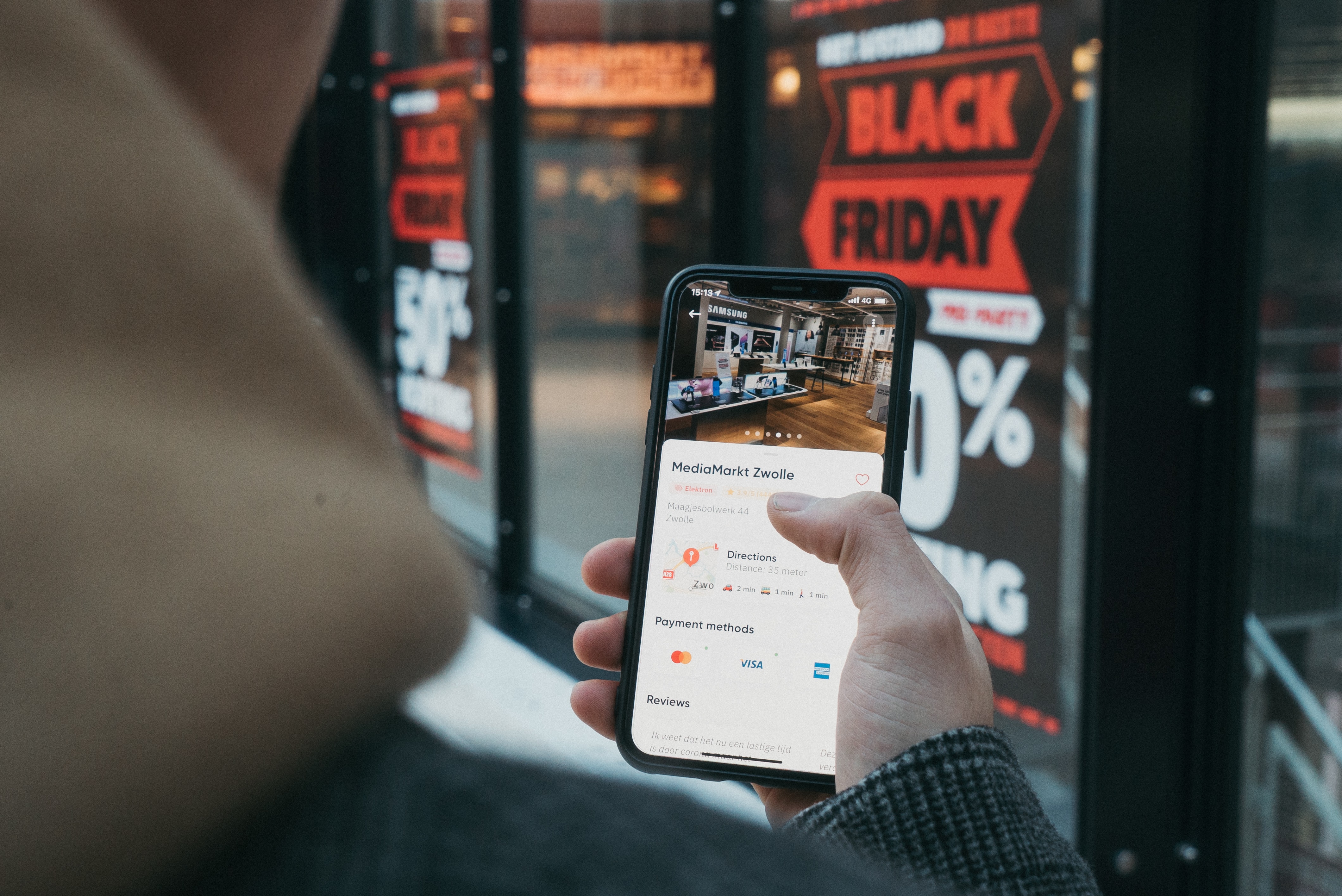

With Black Friday looming, the war for the customer’s attention is on. And, with easing lockdowns and life returning to normal, the online/in-store debate is the hot topic for brands trying to get ahead. Will customers be desperate to get back into the shopping malls post-covid, or will a Black Friday spent in lockdown have taught consumers a more peaceful alternative to fighting with fellow bargain hunters over the last discounted TV?
Having originated in the US, Black Friday’s popularity is snowballing globally, with 60% of our global community intending to take part this year. And, with offers released earlier and earlier every time, this flurry of sales is no longer contained to just one day. But, with this year marking the first time payday takes place after Black Friday weekend, brands are clambering to know whether hunger for discounts or the ‘hold on till payday’ mentality will win.
So, how can your brand get ahead of the competition? The secrets to success have been revealed by our global, always-on consumer insight community…
Unlock the Black Friday predictions here…

We’re all guilty of projecting an idealised self-image into the world. Be it on social media, dating profiles or consumer surveys, the gulf between who we are and who we say we are can be vast.
And when brands and marketers rely so heavily on consumer insight to optimise their products and services, this can present a problem. There’s no point in creating products that are aimed towards the illusory consumer, rather than the real-life individual.
So, how do brands cut through these barriers to really get to the heart of consumer truths? For more and more global brands, the answer lies in always-on, mobile customer insight communities, where they can truly penetrate the daily lives of their customers. We caught up with Amoné Redelinghuys, Bulbshare’s Associate Research Director, to find out more…

Always-on communities
The first step in conquering the ‘say-do’ gap is building an always-on consumer community that gets inside the home of the consumer through their mobiles. Online communities are the portal into the minds, habits, and behaviours of your consumers.
By engaging your consumers continuously through these communities, you don’t just ensure brand loyalty by entering into a more personal relationship with them, you also guarantee consumer truth. The brand is not just more visible to the consumer, the consumer is also more visible to the brand. By simply getting to know your consumers in a more long-term, symbiotic way, you brush aside any pretences and delve deeper into what is really going on behind the scenes.
Amoné agreed: “When an insight community is always-on, we can catch the consumer close to the moment and avoid reliance on memory and recall. Humans have a tendency to sugarcoat. If you ask someone about a frustrating experience in the moment, they’ll answer with unadulterated honesty about their frustration. Ask them a week later and those emotions will have faded.”

Moving away from traditional, transactional relationships with the consumer
This more meaningful relationship is a significant step away from transactional market research. Unlike the erratic nature of one-off focus groups, online communities offer a consistent consumer perspective that can inform your brand decisions more reliably. Building an emotional connection with the brand is facilitated through ongoing communities, and the consumer feels they can trust and confide in the forum the brand provides.
Moreover, when it comes to consumer truth, group settings are fraught with bias: it isn’t just your introverted consumers whose answers will be affected by that of their fellow participants, it’s everyone. Hearing others’ opinions may influence the discussion of the group, even though when it comes to actually buying a product, they will likely be alone. Asch’s conformity experiments examine these very issues.
Amoné elaborated: “There are three levels to why digital customer communities are more effective than traditional focus groups when it comes to accessing consumer truths. Firstly, online customer communities allow people to really be honest. When looking someone in the eye in a focus group, you’re more likely to say what you think they want to hear. But if it’s just you and your keyboard, you are more likely to give rich, truthful insights.
“The second level,” she continued, “is that group conversations can so easily be dominated by a more vocal person. When online, you can have the best of both worlds – people can give responses that are uncorrupted by other opinions, but interaction is also possible.
“Finally, there’s the scalability of online. It’s easy to go from a 10 person group to 100 people without needing more resources. When it comes to infield work, you have to account for a venue, travel, and supplies when scaling up.”
Online communities provide a fine balance between the anonymity that is so desperately needed when forming one’s answers, and the opportunity to be known more intimately by the brand, to feel part of something big, and to share one’s views on social media and beyond.
Our blog, ‘Online communities vs traditional focus groups: Building emotional brand connections in 5 steps’, has more on this topic…
Bulbshare user, Female, 57 🇨🇦

Video is king
The ‘holy grail of insights’, video allows your users to create unique and in depth qualitative content – showcasing attitudinal responses in an infinitely more nuanced way. The opportunity to use video enables creativity in your users and introduces you to your customers on a more personal level. Instead of asking them to write down what they have for lunch, asking them to film their fridge unlocks the next level of insight: not only do you hear what they’re planning to eat, you see what sauces they own, what brands they’ve bought, what items they’re most stocked up on. Through AI analysis of the video and auto-translation, rich consumer insight has never been more accessible.
As Amoné says, “If you rely on recall, you’re asking them to tell you what they did. If you’re in the moment, you can get their instant response without any filters. If we can go with them on a shopping trip and they take videos of what they’re buying, it’s far more accurate than asking them a week later what they thought of that shopping trip or what they buy in their weekly shop generally. Getting as close as possible to actual behaviour is key.”
Bulbshare user, Male, 33 🇺🇸
Consumer truth = authentic advocacy
When you get real consumer truths, you guarantee authenticity in peer-to-peer recommendations and UGC that genuinely promotes your brand. 84% of our customer panel prefer the recommendations of friends and family over that of paid influencers, and the authentic, trustworthy word-of-mouth advocacy that is driven by customer communities makes a world of difference. When a customer loves your brand, they’ll promote it without being endorsed. In fact, 74% said they’d promote a product if they liked it enough. Moreover, 39% of our consumer poll said that customers have become advocates since Covid, rather than just being a passive audience. This wave of authentic advocacy is one to tap into: your customers are your best influencers.

The steps to success
When asked what methods are the most effective for ensuring accurate answers, Amoné told us, “The key is to include a mix of different questions, methods and techniques that bring up real answers. Projective techniques are effective and less exposing for the person answering. Instead of asking someone why they don’t have insurance, you might ask a hypothetical question, such as ‘Imagine you have two friends, one has insurance and one doesn’t, what do you think of their decisions?’. This way you get more thoughtful, honest answers that avoid any defensiveness.”
Two way street
But it isn’t just your brand that benefits from these communities, it’s also the customers. Overwhelmingly, our global research communities have told us they want to be involved in the brand decisions: 88% of our global users said they want to be included in the decisions brands make, 76% said they enjoy helping product development processes, and 86% said that products developed using consumer collaboration were better.
And lockdown hasn’t in any way diminished this, with consumers being more keen than ever to connect online. 84% of our participants said they prefer online communities to traditional focus groups. Those surveyed said that the convenience of online insight groups was far superior to in-person methods.
To find out more about why customers want to be involved in online communities, discover our blog ‘Product development in a locked-down world: Why 88% of consumers still want to be involved in your brand decisions…’.
Bulbshare user, Female, 28, 🇬🇧
Bulbshare user, Female, 54 🇬🇧
Bulbshare user, Female, 24 🇺🇸
Brand toolkit


When asked ‘how diverse is your brand’ and ‘how inclusive is your company’, some might believe the two questions are merely synonymous. But they’re not just the same question repackaged. According to Forbes, diversity is the ‘what’: who is sitting at the table. Inclusivity, on the other hand, is the ‘how’, the brand culture that allows diversity to prosper: have you pulled up extra chairs to that table?
When 72% of our insight communities believe that brands have a responsibility to be involved in D&I conversations, it’s more important than ever for your brand to embrace an equal and inclusive future. However, despite our online panel being overwhelmingly in favour of brand activism, more than half of them were untrusting of the brands that allied themselves with these causes.
How can brands overcome this double bind of championing progressivism without being damned as inauthentic? We caught up with Ellis Lanyon, Head of Digital for NYX Professional Makeup, Network Chair of L’Oréal UK & Ireland’s LGBTQ+ Employees and Allies Network OUT@L’Oréal, and a British LGBT Award Nominee 2020. He told us how NYX Professional Makeup, a pioneering brand for gender, sexual and racial equality, are working towards a more inclusive future.
Here’s what Ellis, as well as our insight communities, had to say…
Unlock the expert advice from L’Oréal UK & Ireland…

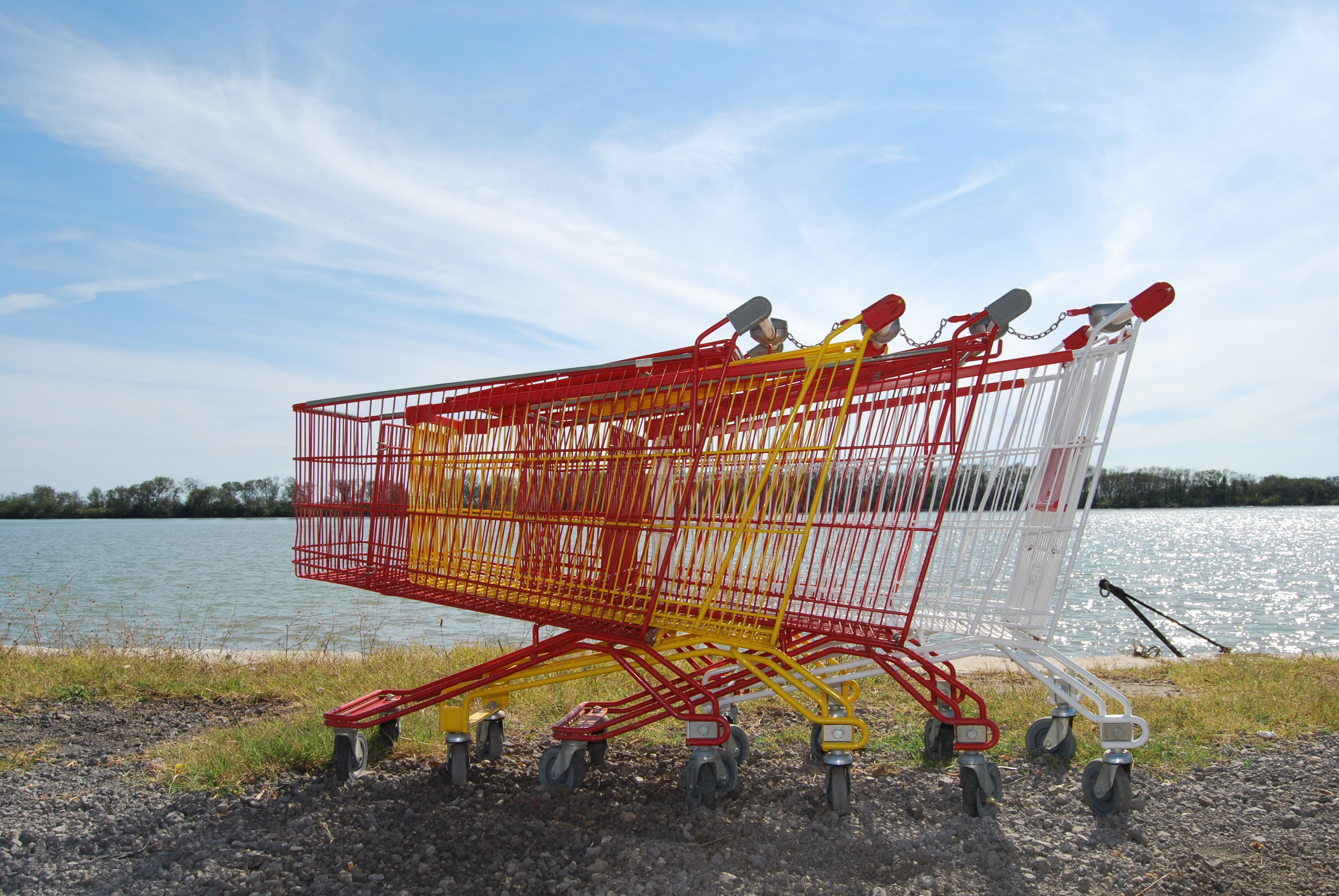

The world has gone digital – and focus groups are no exception.
Over the last 18 months, the Covid-19 pandemic has accelerated what was already a rapid move towards digitalisation. Digital connections that were already ubiquitous are now rooted even more firmly at the heart of our daily routines and staying ‘connected’ has taken on a whole new meaning.
Despite what people may say, this digital revolution isn’t the death of connection. ‘Remote’ no longer means isolated, and connection is more than just how many bars are on the wifi. Instead, the transition online has unleashed a world of possibilities for interaction and connectivity between brands and consumers.
In this brave new world of online connections, digital customer communities have flourished. Brands have been able to connect with their audiences in isolating times through always-on channels – and when traditional, in-person focus groups were near-impossible, online communities provided much needed insight and interaction. As Forbes says, Covid-19 has proliferated our need for connection, and brands that prioritise ‘humanising the customer’s experience outperform their peers.’ And, according to 51% of our insights community, brands are getting closer than ever to the consumer.
As we enter into a post-covid world, consumers are just as keen to get involved in these communities. Here’s what our insight panel has to say about the power of online communities…

1. The benefits of online communities
The advantages of digital customer communities are endless, but let’s start with 5…
Bulbshare user, Male, 40 🇨🇦
Bulbshare user, Female, 56 🇦🇺
2. Pitfalls of traditional focus groups
Traditional focus groups, though useful for in-depth discussions, have some disadvantages…
Bulbshare user, Female, 57 🇨🇦
Bulbshare user, female, 54 🇫🇷
Bulbshare user, Female, 53 🇲🇾

3. Why consumers love these communities
But it isn’t just your brand that benefits from these communities, it’s also the customers. Overwhelmingly, our global research communities have told us they want to be involved in the brand decisions: 88% of our global users said they want to be included in the decisions brands make, 76% said they enjoy helping product development processes, and 86% said that products developed using consumer collaboration were better. Forbes corroborates this, saying 87% of people want more meaningful relationships with brands.
And how do they want to be involved? 84% of our participants said they prefer online communities to traditional focus groups. Those surveyed said that the convenience of online insight groups was far superior to in-person methods.
To find out more about why customers want to be involved in online communities, discover our blog ‘Product development in a locked-down world: Why 88% of consumers still want to be involved in your brand decisions…’
Bulbshare user, Female, 28, 🇬🇧
Bulbshare user, Female, 54 🇬🇧
Bulbshare user, Female, 24 🇺🇸
4. The tools to make it happen
The tools needed to build these online communities are becoming more complex and intelligent. Here’s a few of the top ways to understand what your consumer truly wants…
To discover exactly how Bulbshare can bring you closer to your consumer, head to our Solutions page.

Brands getting it right
Our communities noted Nike, Apple, JD Sports, The Body Shop, Ben & Jerry’s, The Meatless Farm Company, Oh Polly, Budweiser, Lush and PlayStation as brands they’re advocates for. Notably, though, the brands our users were most enthused about were the ones that considered their customers with compassion: 92% of our global community expressed a positive perception towards brands who ‘co-create with their customers’ – with anecdotal responses telling us this lent a sense of a brand that cares about its customers’ thoughts, opinions and ideas.
For more information about brands excelling at co-creation, read our blog ‘Meet the customer advocacy pioneers: Five brands doing all the right things when it comes to customer collaboration’.

